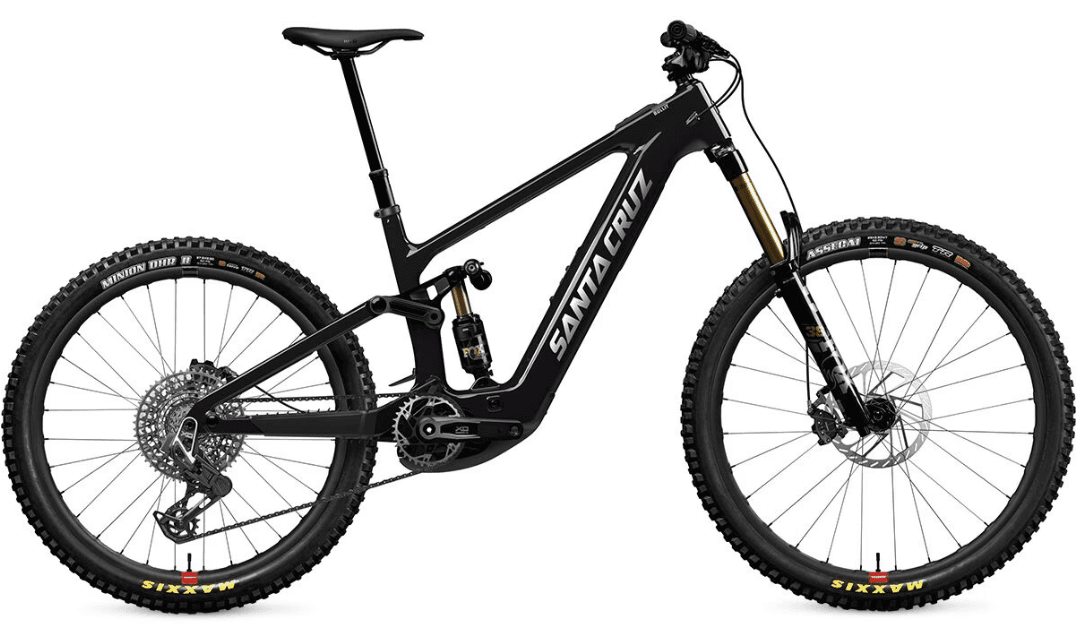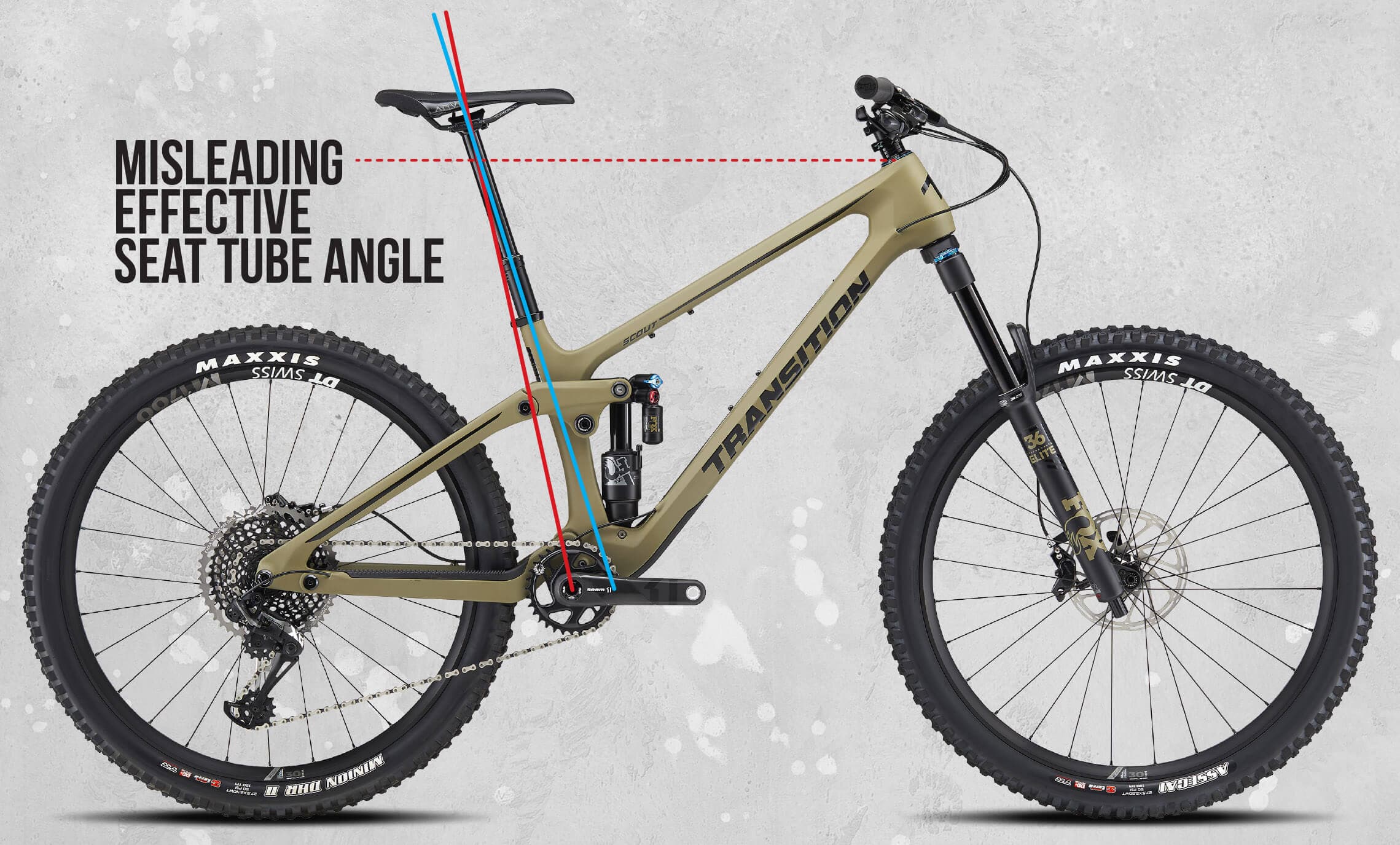Stacked Reach: Bike fit app now live

Stacked Reach: Why reach AND stack are crucial
Looking at a geometry chart for a bike can be tricky. You may be trying to assess how a bike will fit by comparing numbers like reach, stack, effective top tube, and seat tube angle. It can be challenging to predict how a bike will fit without a test ride. Brands and riders have fixated on pieces of the puzzle that grow in popularity, but many people are missing key aspects that can be accounted for with a little bit of math.
Descent-focused fit: Reach and stack
Reach and stack are the primary geometry measurements that determine how a bike fits while standing. Don’t most of us ride up so we can go down? Reach is the horizontal distance from the bottom bracket up to the head tube; stack is the vertical. Together, they set the rider’s true position while out of the saddle-while is usually the fun part.
Climbing-focused fit: It isn’t the same
While reach and stack rule standing fit, effective top tube length and seat tube angle shape your body position while seated. This can have a big influence on comfort and efficiency in the saddle. The top tube determines how stretched you feel when sitting, while seat tube angle influences your center of mass (COM) location on the horizontal axis relative to the bottom bracket. Of course, each number can influence the next, but it’s important to know the difference between seated and standing fit.
Why isn’t RAD enough?
If you are into bike fit, you may have heard of Rider Area Distance (RAD), which is diagonal from bottom bracket to grips. Unfortunately, it’s a shortcut that does more harm than good. RAD overlooks how different combinations of stack and reach achieve the same distance. Two bikes with matching RADs can feel dramatically different if one is taller and shorter, and the other is lower and longer. Only by comparing reach at the same stack can you know which bike will genuinely feel longer, more stable, or agile in real-world riding for a given bar height. This is why test-rides can be also do more harm than good. If you haven’t normalized the fit, are you testing the fit, or something else?
What Stacked Reach does for you
Geometry charts don’t show how reach is reduced as stack increases using headset spacers. This makes it hard to compare frame fits to see which one is bigger, or whether you can accomplish your preferred fit. The app lets you input reach, stack, and head angle for any set of frames and instantly compare the true horizontal reach for a given bar height. Whether you’re focused on biomechanics, comfort and fit, or review bikes for a living, this app will help you understand how standing fit really works. Not everyone gets a chance to do a test ride and many people rely on reviewers. Unfortunately, many reviewers haven’t quite dialed this concept in, and I’m hoping this app makes it easy for everyone.
Who Benefits?
- Riders focused on standing fit for technical or aggressive riding.
- Reviewers aiming to compare bikes in a meaningful way.
- Fitters and retailers wanting a clearer way to guide customers to their ideal bike.
Biking doesn’t happen on a spec sheet. By comparing reach at stack instead of just reach alone, you get to the truth of fit while standing. This app is a tool for helping riders better understand bike fit and make informed choices!


